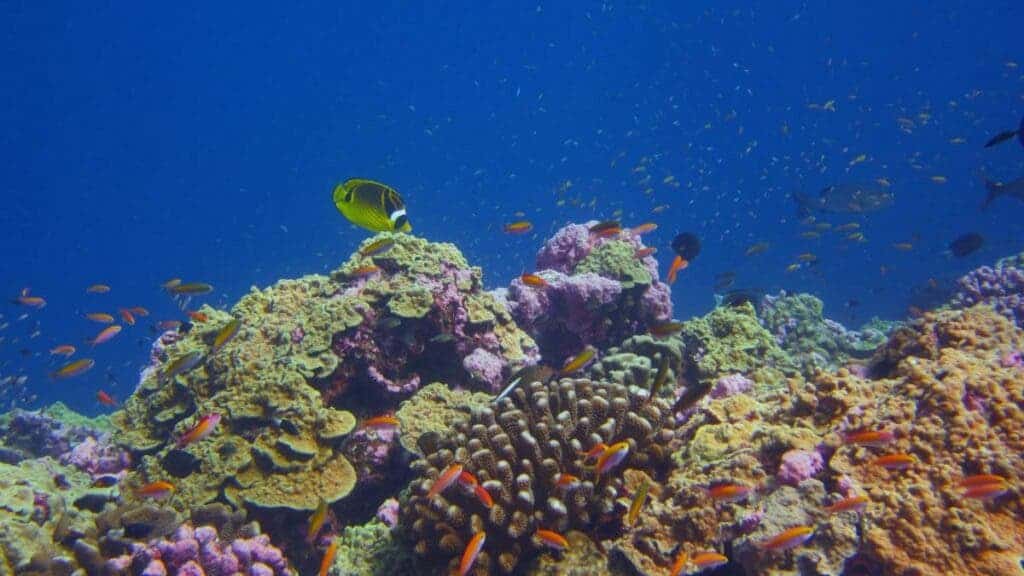Climate change is rapidly intensifying pressure on biodiversity around the globe and, particularly, on coral reefs. But despite dramatic losses at the hand of bleaching events, the future of reefs may not be as bleak as we imagined. In two new studies, researchers have discovered that corals may be able to cope with climate change better than we thought, even passing resilience to their offspring.

Corals are one of the most vibrant ecosystems on the planet, with many marine species relying on them at some point in their life cycle. Fishes and other organisms find food and shelter and reproduce near them. Despite their relevance, corals are under a lot of stress due to the climate crisis and the expanding marine heatwaves.
Iconic coral reefs such as the Northwestern Hawaiian Islands in the United States and the Great Barrier Reef in Australia have seen in recent years their worst bleaching on record. And this could just be the start. Further global warming would mean even worse consequences for corals around the world, as highlighted recently by reports.
However, amid massive declines, there are signals that some coral populations have the ability to survive the effects of the climate crisis. A study found that the impact of marine heatwaves on coral communities near the Phoenix Islands Protected Areas (PIPA) in the Pacific Ocean lessened over time, offering hope for some corals.
The researchers from Woods Hole Oceanographic Institution monitored coral communities at four islands within PIPA, a protected area of 400,000-square-kilometers. They used daily satellite data and temperature loggers to examine how a set of heatwaves in 2002-2003, 2009-2010, and 2015-2016 affected the corals there.
While severely affected by the 2002-2003 heatwave, the corals bounced back and experienced minimal losses in the 2009-2010 heatwave, the study showed. Then, another heatwave in 2015-2016 put twice as much heat stress on the corals, but the die-off was much less severe than expected, which shows a great deal of resilience.
“It’s easy to lose faith in coral reefs,” first author Michael Fox, study author and coral reef ecologist at the Woods Hole Oceanographic Institution, said in a statement. “But in PIPA, which is protected from local stressors, and where reefs have enough time to recover between heatwaves, the coral populations are doing better than expected.”
While remarkable, the scientists aren’t really sure how the corals are able to pull this off, so their next step will be to better understand this process. They hypothesize that heat-tolerant individuals are repopulation the reefs after a heatwave, which would explain the findings. Still, they caution that corals have limits that could be crossed if the climate crisis worsens.
It’s all about the parents
In another new study, researchers at the ARC Centre of Excellence for Coral Reef Studies at James Cook University suggested that the capacity of corals to adapt to climate change largely depends on traits inherited from their parents. And the ability to pass those adaptive traits is still much present despite the increasing temperatures.
“In particular, corals that are better than average at survival, growth and resisting bleaching stress under future ocean conditions should be good at passing those advantages on to their offspring,” lead author Kevin Bairos-Novak said in a statement. “Still, the current rates of change are too fasts for coral adaptation to keep up.”
The researchers warned that this capacity of adaptation won’t be sufficient if the growing pace of greenhouse gas emissions continues. If climate change happens too fast, there’s just not enough time for evolution to generate new types of corals that can deal with the new weather conditions. That’s all the more reasons to act now on the climate crisis.
The two studies were published in the journals Geophysical Research Letters and Global Change Biology.









